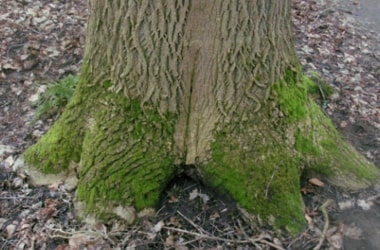
Delicate mosses found on rocks and trees in cities around the world can be used to measure the impact of atmospheric change.
These could prove a low-cost way to monitor urban pollution, according to Japanese scientists.
The “bioindicator” responds to pollution or drought-stress by changing shape, density or disappearing, allowing scientists to calculate atmospheric alterations.
This method is very cost effective and important for getting information about atmospheric conditions.
Mosses are a common plant in all cities so we can use this method in many countries…. they have a big potential to be bioindicators with nearly 50 types of moss analysed for the study.
The humid cities where moss thrives could benefit most from using bryophytes–a collective term for mosses, hornworts and liverworts–as bioindicators, adding moss could be monitored in its natural environment or cultivated for analysis.
The Study- Researchers tested the effect of nitrogen pollution, air quality and drought-stress on moss found over a 3km square (1.9 mile) area in Hachioji City in northwestern Tokyo.
- The study showed severe drought-stress tended to occur in areas with high levels of nitrogen pollution, which it said raised concerns over the impact on health and biodiversity.
- However, the scientists could not effectively measure air purity which affects the number of moss types as pollution levels in the sample area were not high enough.
- If the air pollution is severe, the purity is also evaluated by moss … the change of the moss is very diverse according to the environmental problem.
- Bioindicators such as mosses - which generally absorb water and nutrients from their immediate environments - were often cheaper to use than other methods of environmental evaluation, and can also reflect changes to ecosystems, said the scientists.